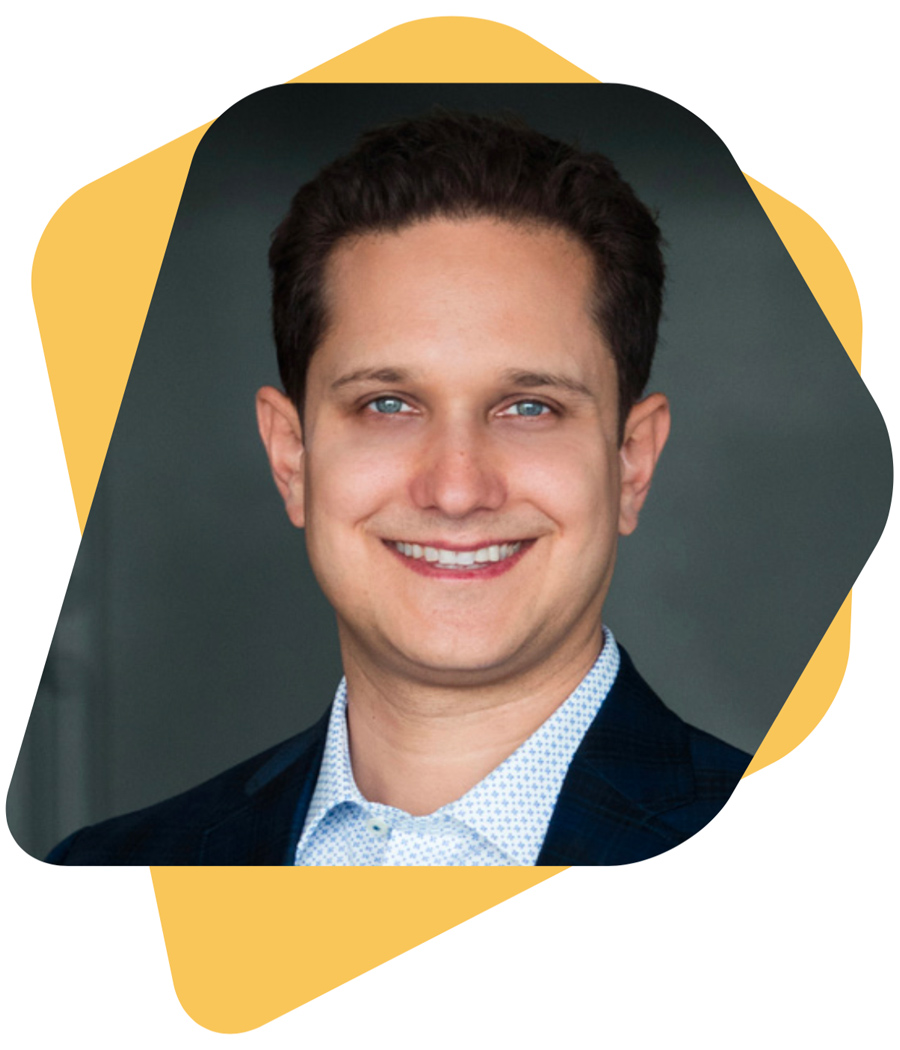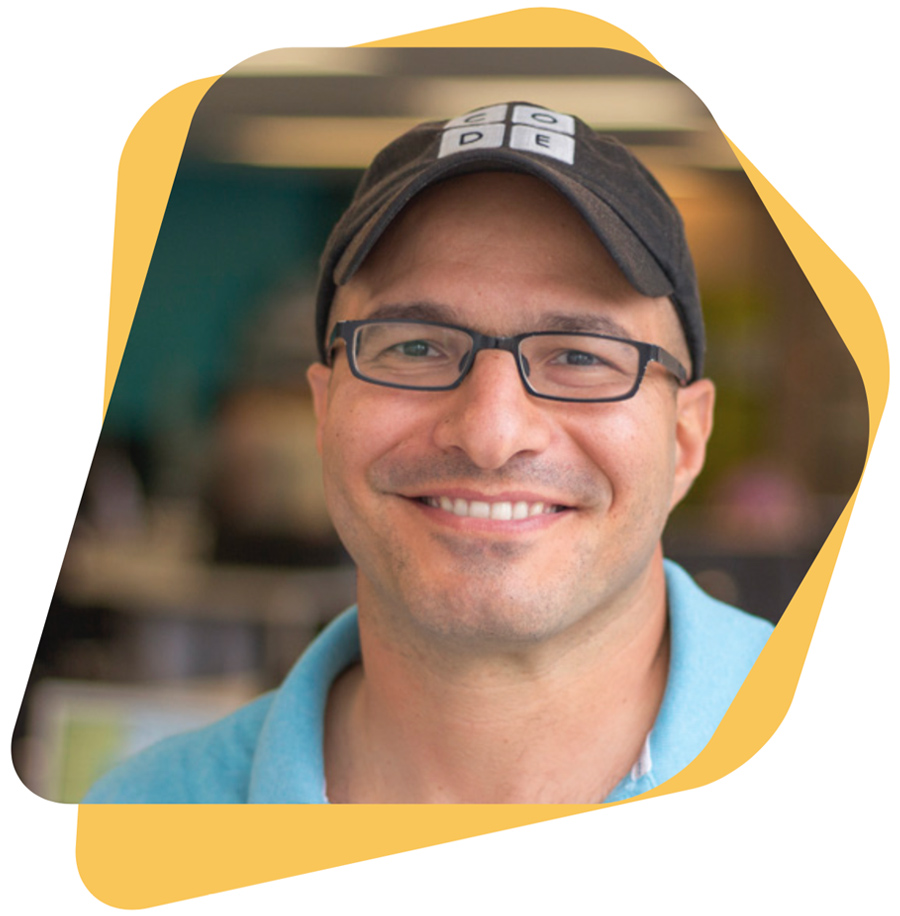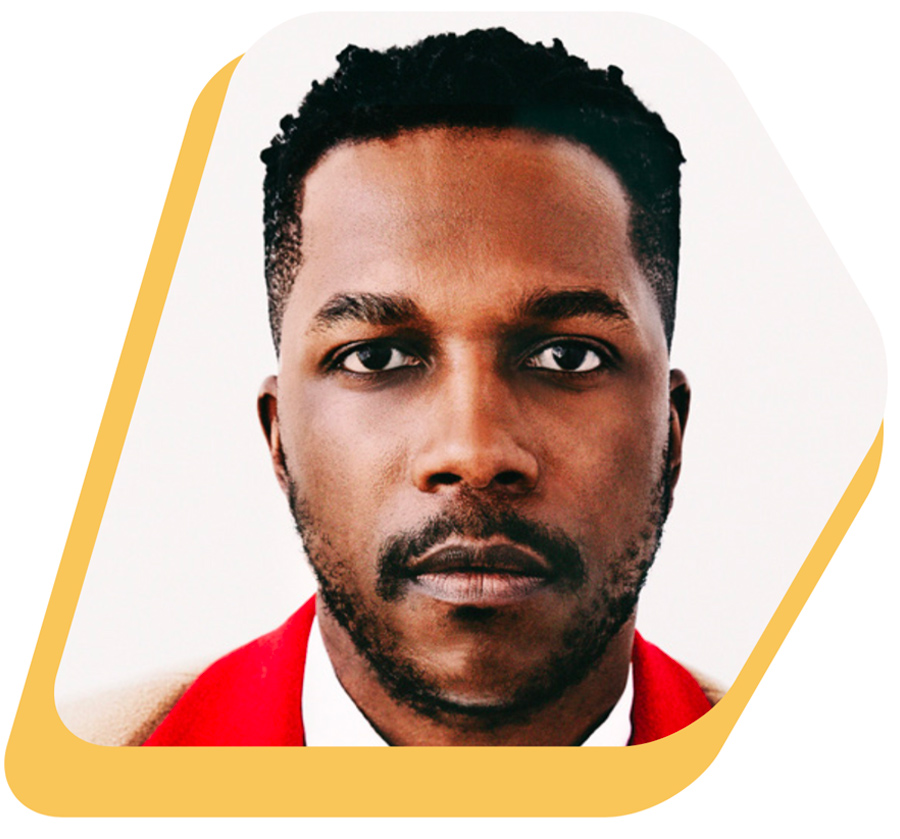Add in three inspiring and informative General Session Speakers over two days, and it made for one incredible experience.

Another key to bridging generational context with younger Millennials and Gen Z is to provide quick and consistent feedback. CGK research shows that the younger generations thrive off of this kind of feedback, and the bonus is that this method best values the time of other generations as well. There is no need to set aside a 30-60 minute meeting — this kind of rapid feedback should last 30 seconds to five minutes and happen frequently. “We find it really, really works,” said Dorsey.
Communication with parents and the community about the value and need for schools is paramount right now as well. “What you do has never been more important,” said Dorsey. “It’s incredibly important to communicate that reason why you are here because people need to be reminded of that — and they need to hear that from you. They need to know that this is something you believe in. Remind those that you lead why you do what you do.”
Dorsey talked about lasting impacts the pandemic will have on the educational landscape — focusing on the positives while acknowledging the incredible challenges with the digital divide and remote learning for some students. He predicts there will be the inclusion of more remote learning and different learning models, more on the gamification side of learning and more personalization, while educators will have more and better tools to be able to teach the range of students they serve. “This is a watershed moment for people to bring in innovation and more resources so that educators can really rise to the challenge.” Another expectation that will last beyond the pandemic is transparency. Parents and community members have had unprecedented access to teachers, administrators and boards through virtual meetings — they will expect this transparency to continue.
For more from Jason Dorsey, including how best to collaborate and communicate between generations, see the September 2020 issue of California School News at https://bit.ly/3gDVtjF.
In the past, it seemed like a ‘nice to have,’ Hadi Partovi, CEO of the education nonprofit Code.org, told attendees. In 2020, digital literacy became a ‘must have’ for our students and our teachers.
“If you think about the workforce of today, it is gradually getting automated by software and technology,” Partovi said. “Millions of jobs over the next 20-30 years are going to be replaced to the point that roughly half of our current work is going to be automated by the middle of this century. And so we, as educators, need to figure out what we are going to do for students to prepare them for a world where the jobs of today might not exist tomorrow when they graduate.”


“It prepares students better for life, regardless of what career they go into. These things are changing the entire world around us, from commerce to communications, to even our democracy,” he said. At the same time, computer science engages students and allows them to be creative. Partovi shared stories of a Miami 10th-grader who created an app for female victims of abuse disguised as a menstrual cycle tracker so they could secretly seek help; a Seattle youth who made an app to help local restaurants share their outdoor dining areas during the COVID-19 lockdowns; and a group of Massachusetts teens who created an app to help their peers self-diagnose their mental health in order to identify and address depression and other mental health challenges early on.
Acknowledging that achievement gaps are widening and that students without home devices or with slow internet are falling further behind, Partovi said that state and local policymakers must redouble efforts to expand computer science offerings once schools open again.
“We’re going to make it past this pandemic — the question is, after the pandemic, how do we prepare the students for the future? How do we close the gaps that widened and how do we give every student access to opportunity?” Partovi said. “Those are the problems we’re faced with, and I know, together, we’ll be able to solve them.”
Odom Jr. related that experience to the need for more stories to be told. “There’s been a very concerted effort to tell history from the same perspective for years and years,” he said. “But if you zoom out a little bit and you say, ‘Let’s de-center you for a second, and now let’s tell this story from a different perspective.’ Where were the Native American people? Let’s dig up those stories about what a life might’ve been like at a different time for a person who identified as trans, for a person who the gender norms didn’t quite fit them. What are the stories throughout history about that?”
This diversity of perspectives is something Odom Jr. thinks is vital to the arts. He reflected on a Hamilton scene in which the four primary revolutionaries told the “Story of Tonight.” “It was the first time I had seen four men of color on a stage singing about friendship and brotherhood,” he said. He related the power of that moment to his experiences with diversity in school. “If you want to live a complete life, you want to expand your borders and your horizons. You want to have a room that is as diverse as you can get it. The work is going to be better. The conversation is going to be better. I don’t have a better example than Hamilton.”

Art is also a way to process the pain of the current situation, Odom Jr. said. “We can’t anesthetize ourselves from the trauma and pain of this moment because we’ve got to come out with things to say about this. And we have to speak honestly about what this moment has been,” he said.
“The whole point of art is to walk an audience toward catharsis — a spontaneous rush of emotions. Be it through laughter, be it through tears, catharsis lets us feel the things we don’t allow ourselves to feel in our everyday lives. People need to laugh, and people need to ponder and consider, and people need to feel all the range of things — catharsis.”